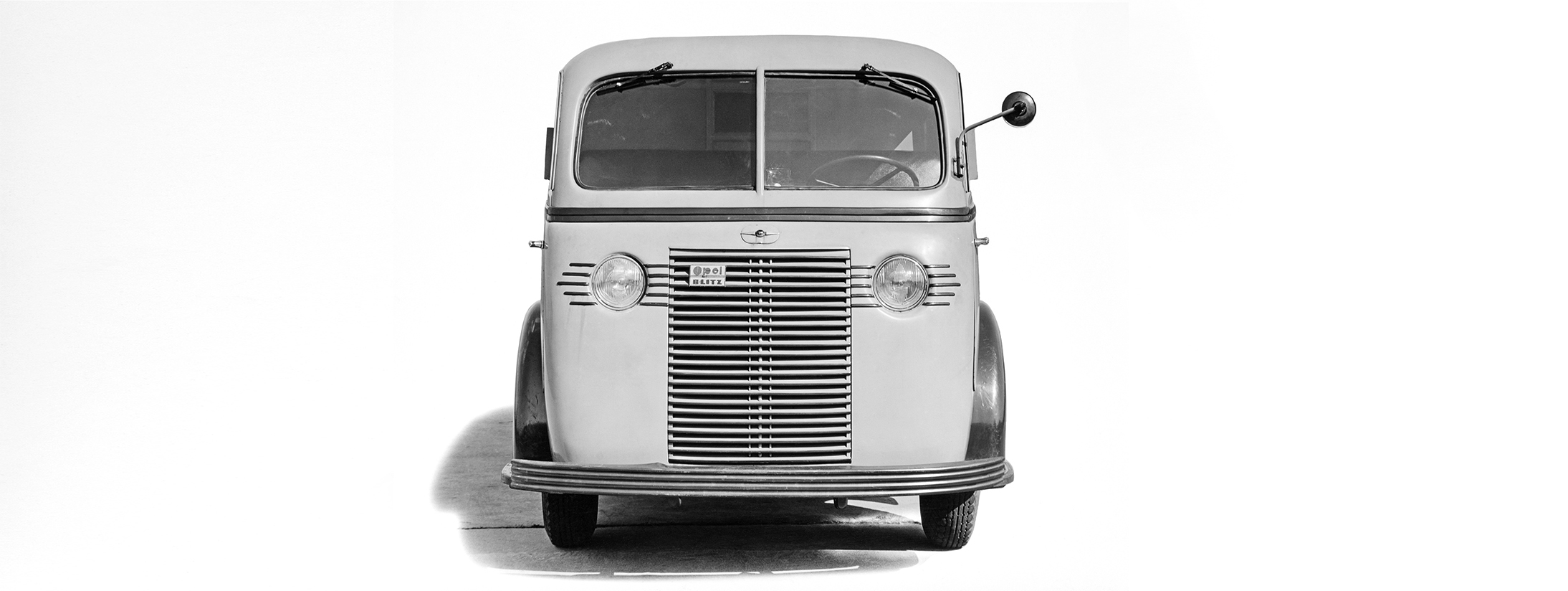When he saw the offer number 1082 in the lists of the auction house Automobilia Ladenburg, it hit Eckhart Bartels like a bolt of lightning: there are not many people who would have realised what a sensation was hidden behind the eight inconspicuous black-and-white photos. But the Opel expert immediately informed Opel Classic manager Leif Rohwedder, who bought the photos at auction a short time later. The eight photos – they show a small transporter with front-wheel drive.
The project name is noted in pencil on the back next to the stamp of the Opel photo department at the time: 1.5-23 COE. Eckhart Bartels had known about a sketch for years. “I would never have dreamed that a roadworthy prototype of the model actually existed,” says the automotive historian, who is also responsible for the Opel Yearbooks. For Opel Classic manager Leif Rohwedder, the discovery is nothing more and nothing less than an “automotive history sensation”. Various media have even come to the same conclusion. Why?
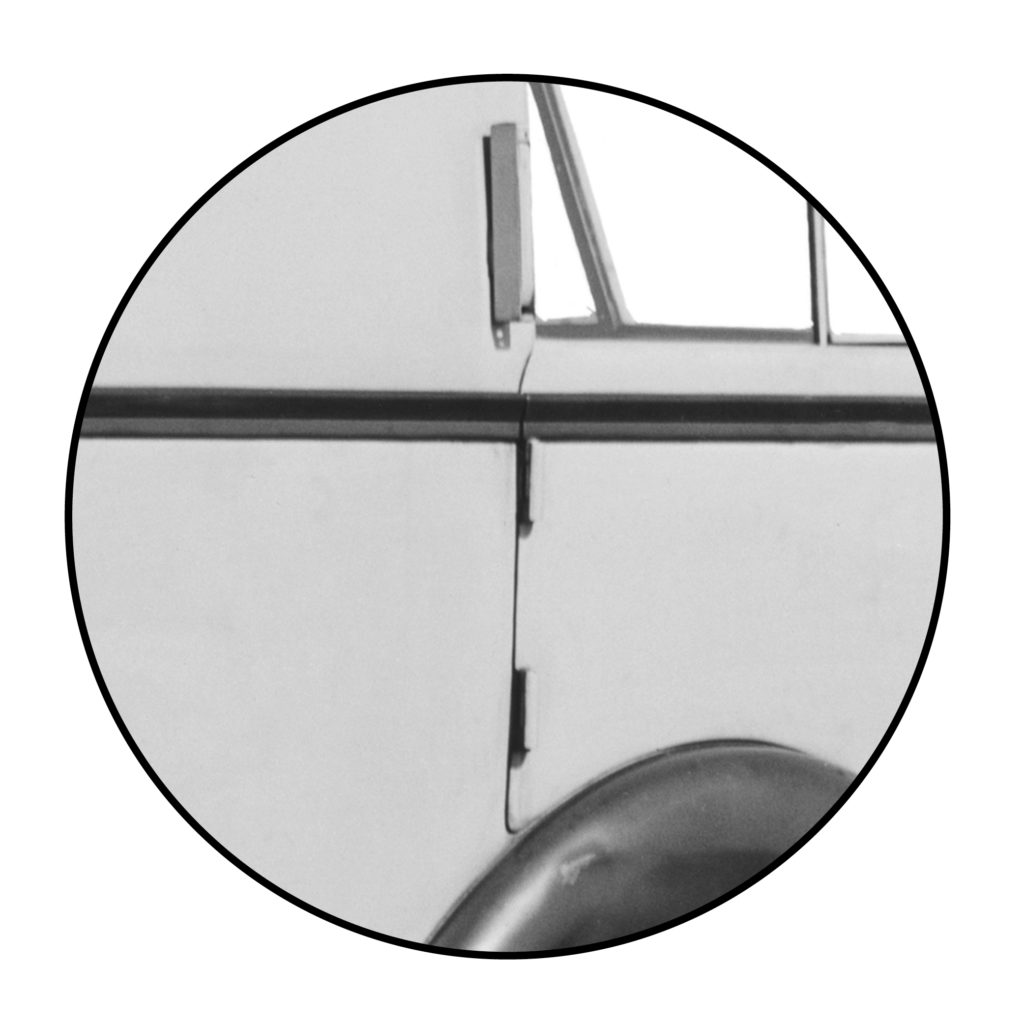
1The rear-hinged car door, the so-called “suicide door”, makes it very convenient to get in and out of the car.
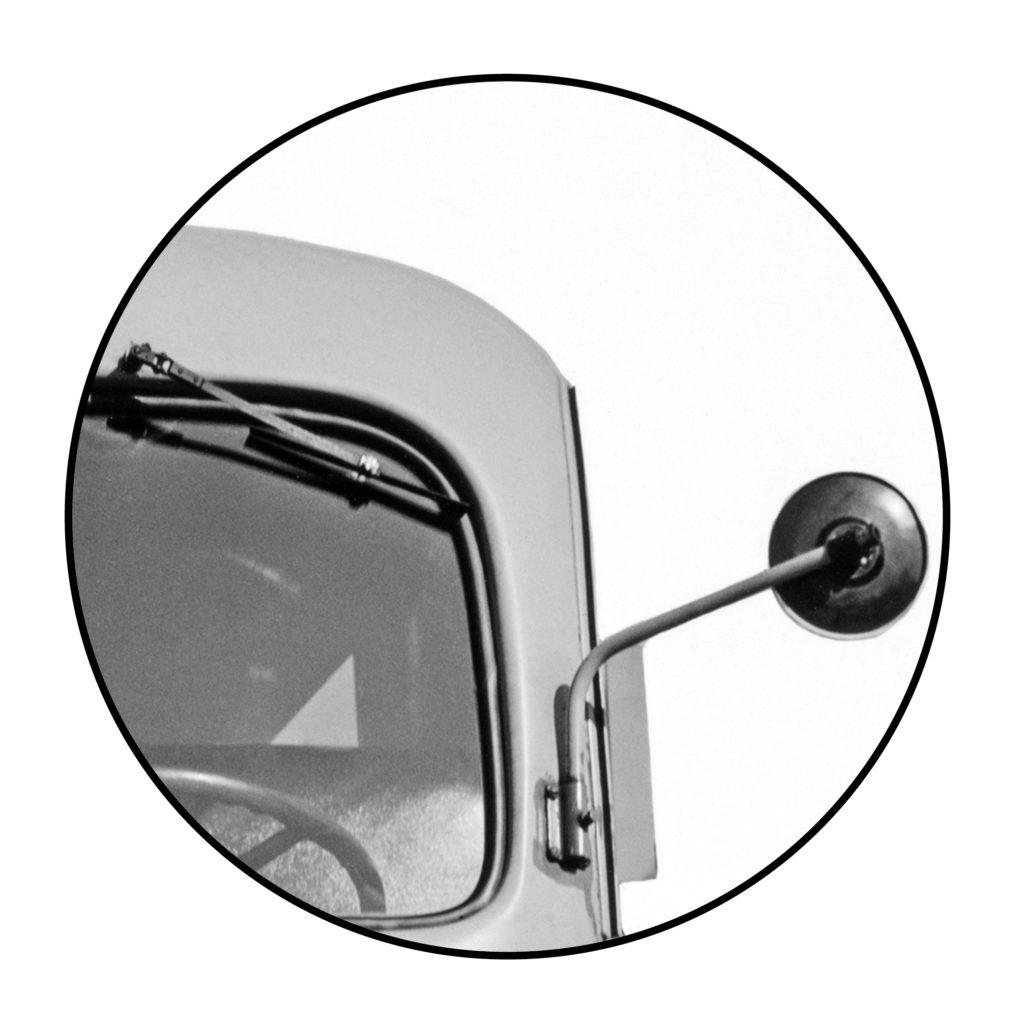
2The windscreen wiper is attached to the top of the windscreen frame. The side mirror is wide.
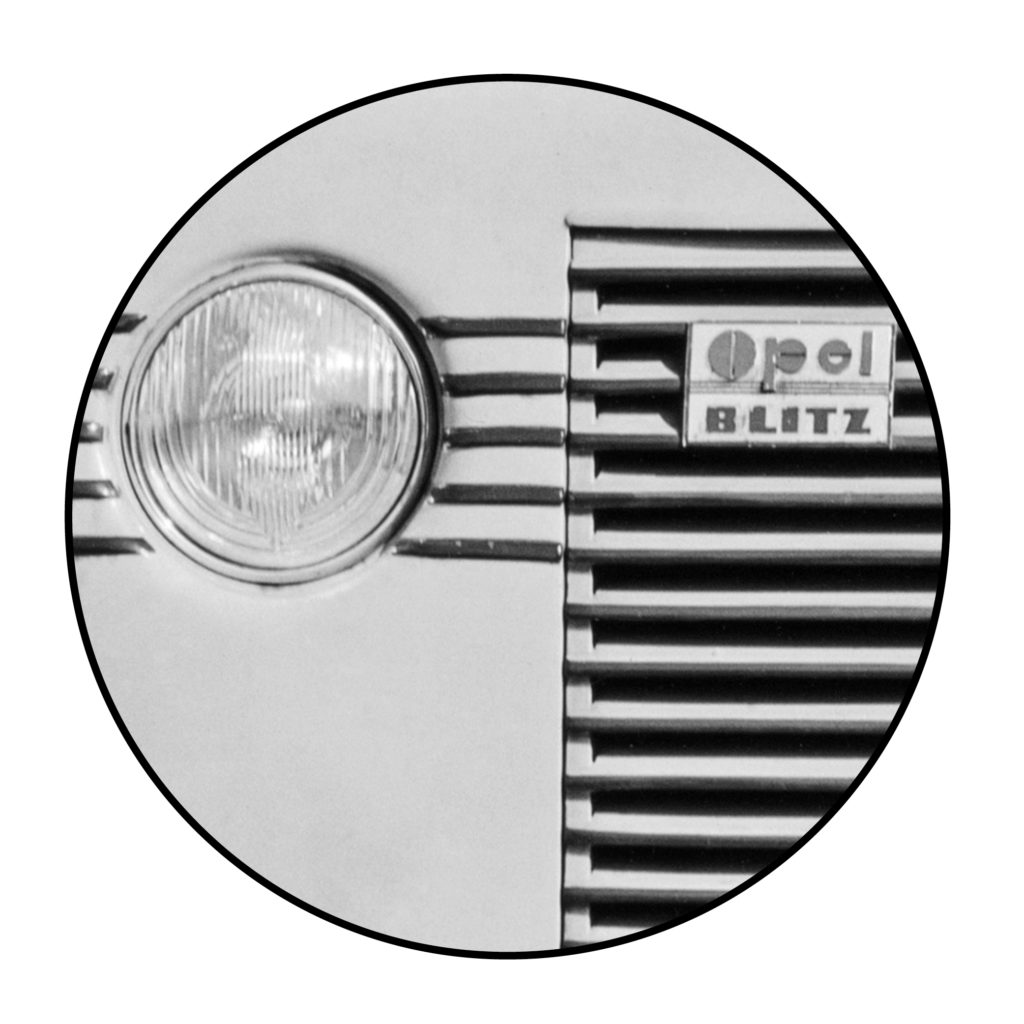
3The name Opel Blitz was used on vans and trucks from the 1930s onwards. Art Deco elements adorn the front.
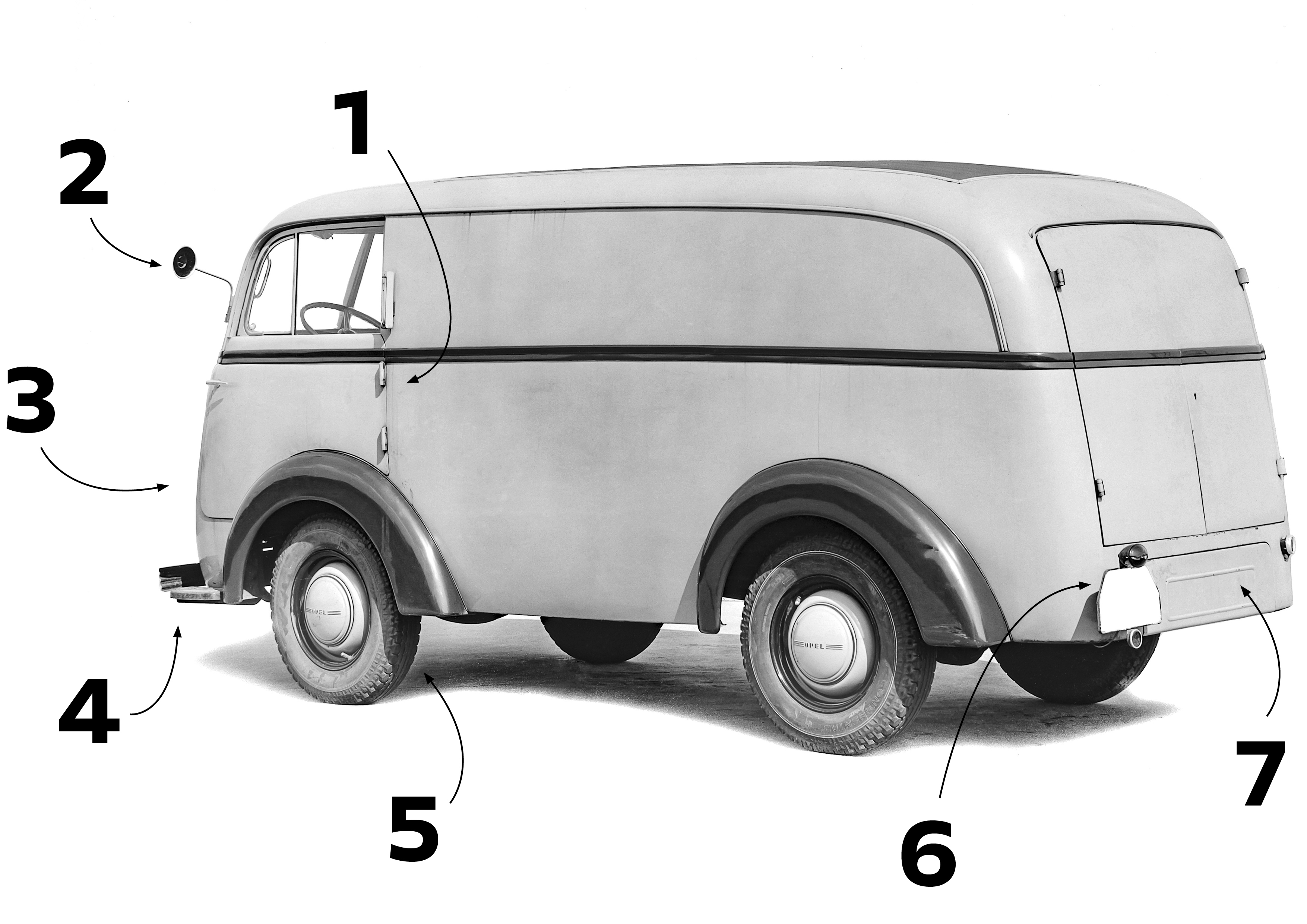
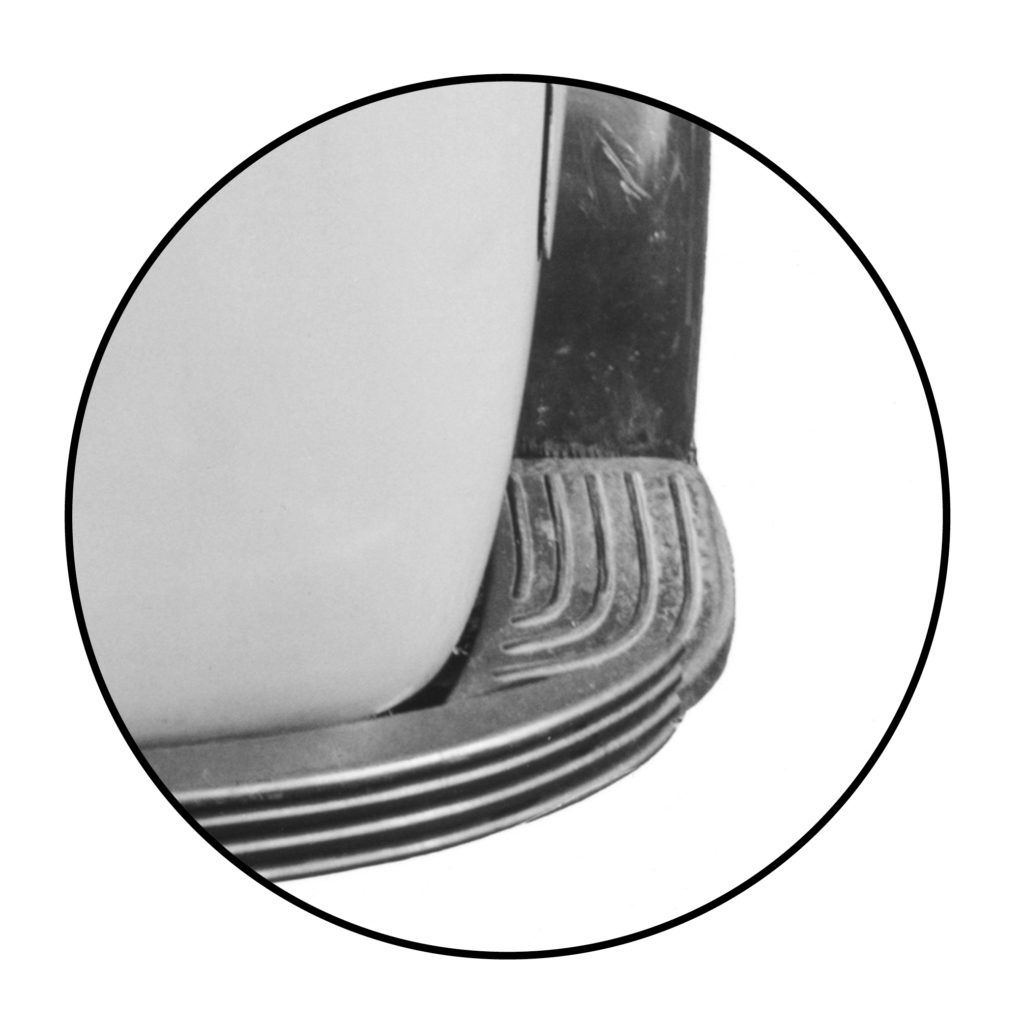
4The bumper protrudes, behind which are steps for the driver and front passenger.
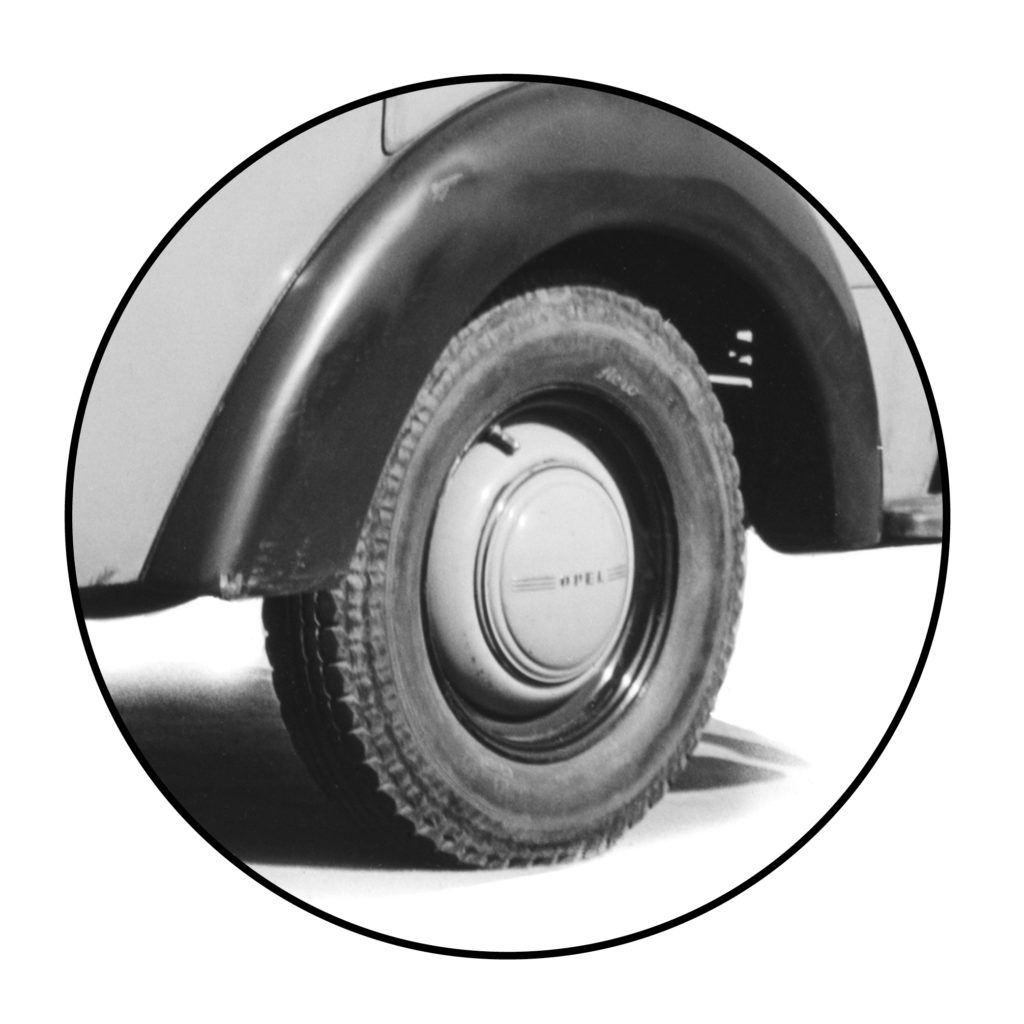
5The wheel trims, painted in the colour of the van, have Opel lettering. The tyres are from Continental, type Aero.
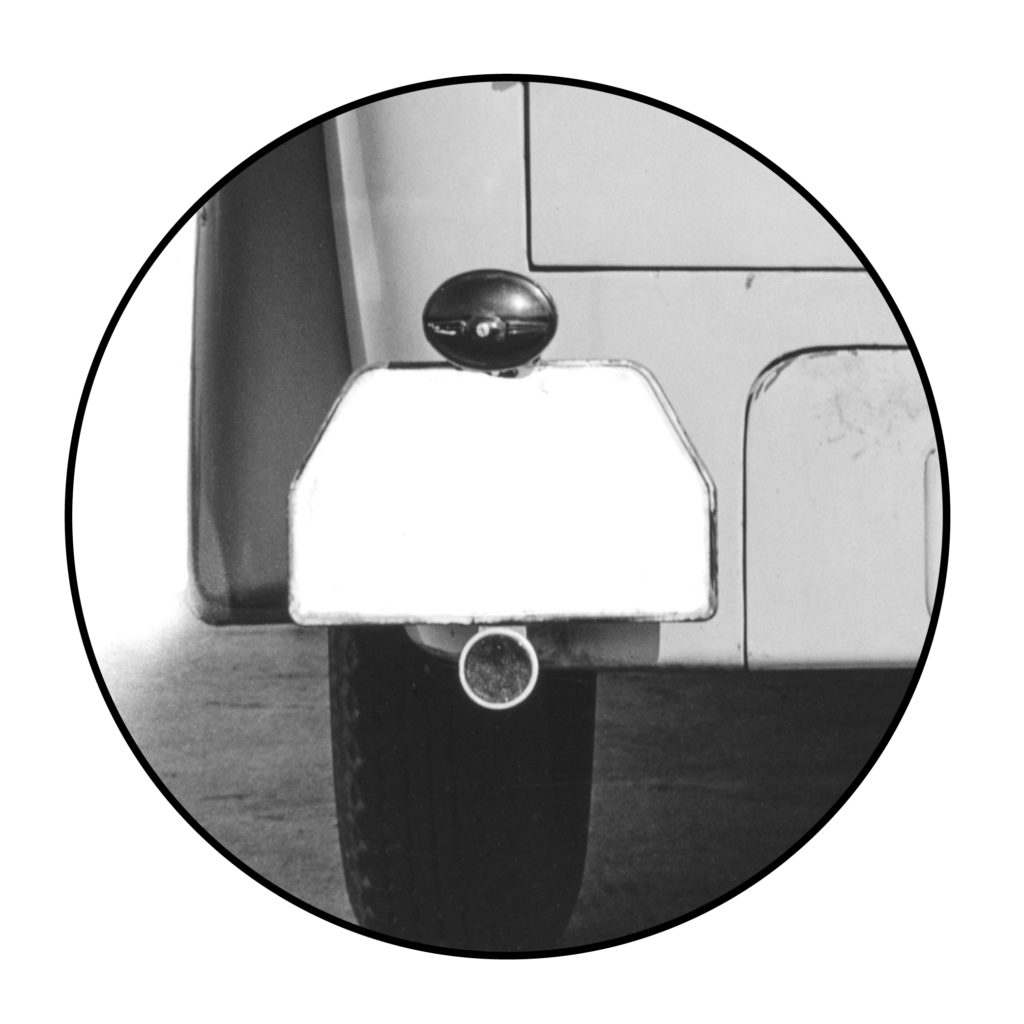
6Above the holder for the number-plate holder is the brake light and the rear light with the illumination for the number plate.
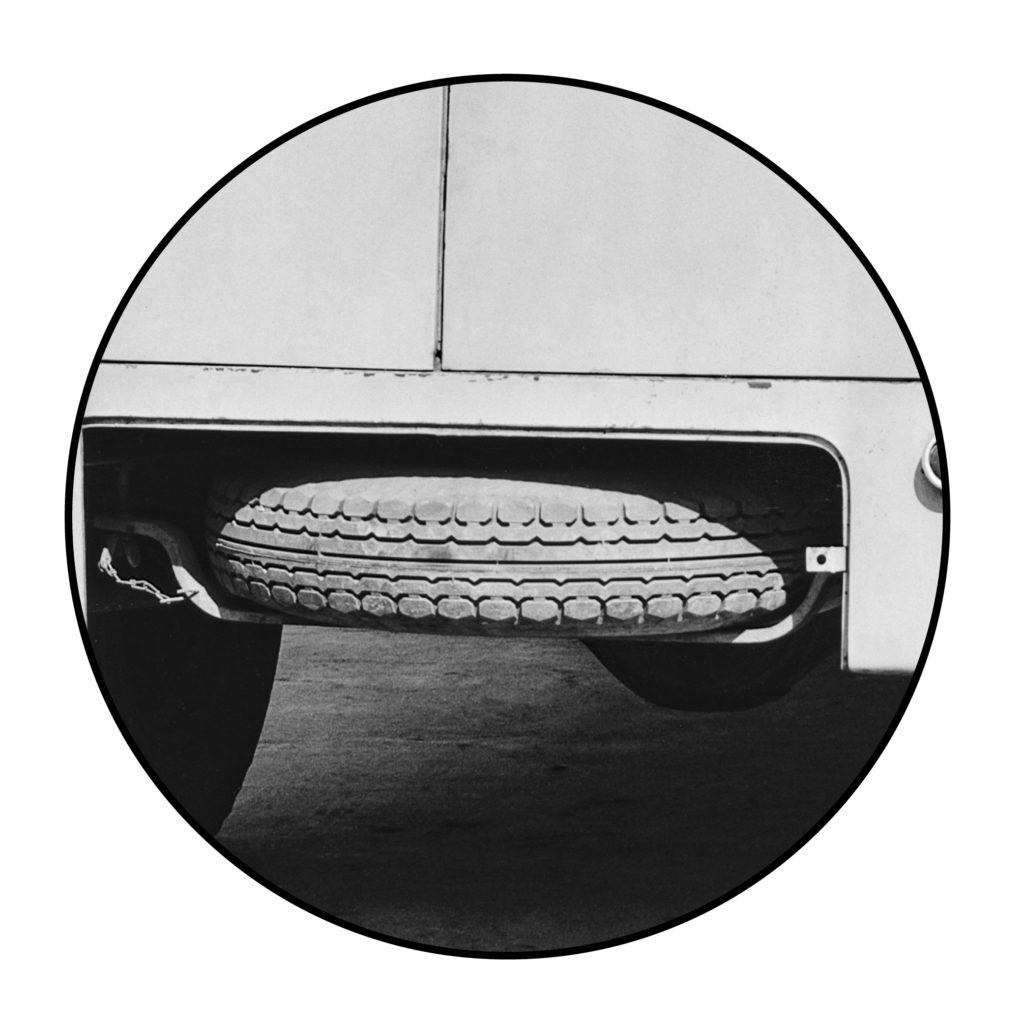
7The spare wheel is stored in a separate compartment under the load floor.
“I would never have dreamed that a roadworthy prototype existed.”
– Eckhart Bartels –
The concept on which this Opel Blitz variant is based was revolutionary for its time – the mid-1930s. A van without a front bonnet, equipped with a newly developed 1.5-litre four-cylinder engine under the cockpit – hence the acronym COE, “Cab over Engine”. Before the outbreak of the Second World War, such vans were only on the market in small numbers on an experimental basis in the USA, Germany and France. And although it was a “transporter”, the vehicle weighed only 1,000 kilos and had a wheelbase of only 2.40 metres. This made it compact and manoeuvrable, yet it offered maximum space for passengers and cargo.
On hidden paths
As usual with such auctions, the seller remained anonymous. Therefore, it will never be possible to trace how the photographs left the Technical Documentation in Rüsselsheim and what route they subsequently took. In the chaos of war, in which the prototype was probably also destroyed, the pictures may have ended up in private hands. Until a descendant discovered them – “or the cleaning staff, I’ve seen it all!” says Bartels.
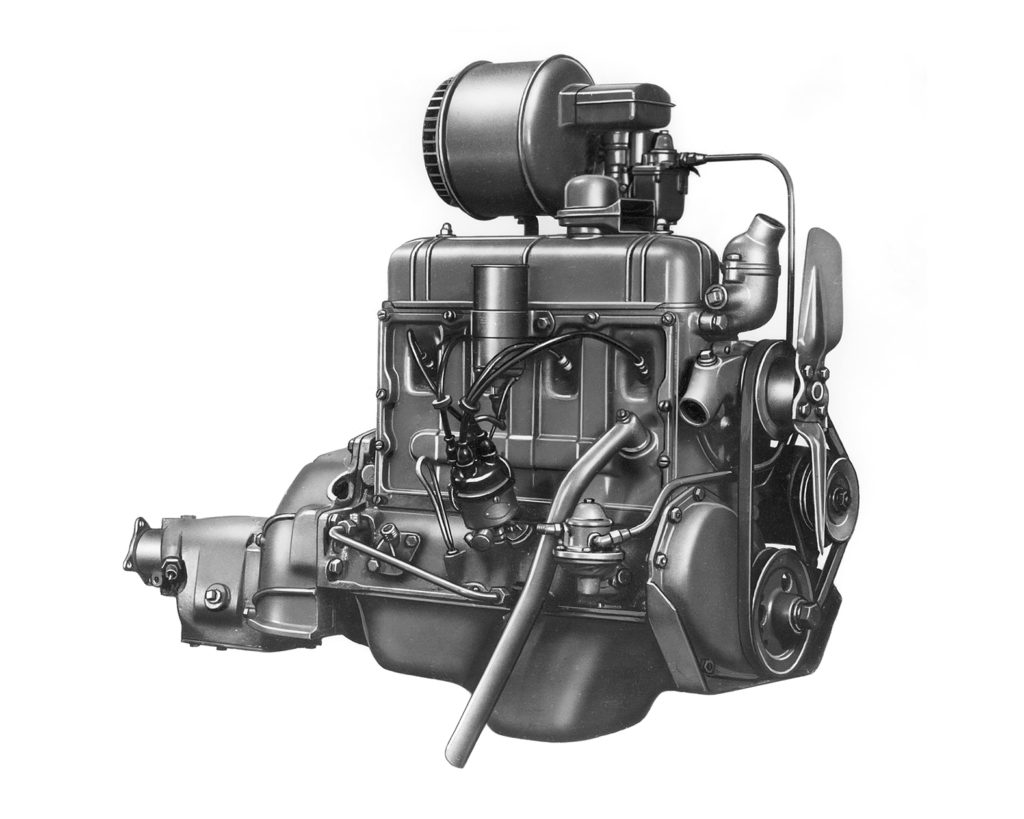
But the search for clues was not over yet. With the photos in hand, the Opel Classic team in Rüsselsheim turned the company archives upside down to see if there wasn’t something that pointed to the existence of the long-lost Opel model. And sure enough, they found management-board minutes from October 1937 in which the project was mentioned. And an English-language information brochure from the same period, which showed that there was even supposed to be another variant of the vehicle: a 1.5 tonne truck with a six-cylinder engine and twin wheels.
Progressive concept
Eckhart Bartels delights in the many details revealed by the photographs. The engineers and designers, for example, designed the body of the front-wheel drive Blitz to be sleek and functional. A streamlined design and the large smooth surfaces underline the modernity of the concept. The black contrasting mudguards are a reference to the existing Opel commercial vehicles and ensure a visually homogeneous appearance of the model range. The van gets its progressive character from the striking front with Art Deco trim elements. They emphasise the horizontal and also give the commercial vehicle a modern and friendly face. “A van with a sympathy factor – a completely unusual sight at the time,” says the discoverer of the photographs.
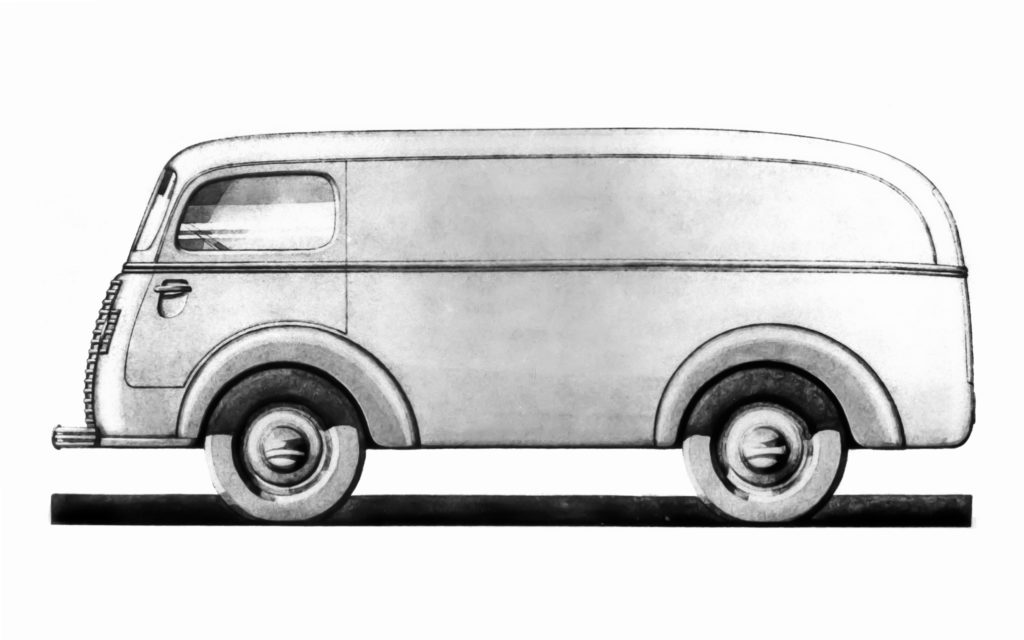
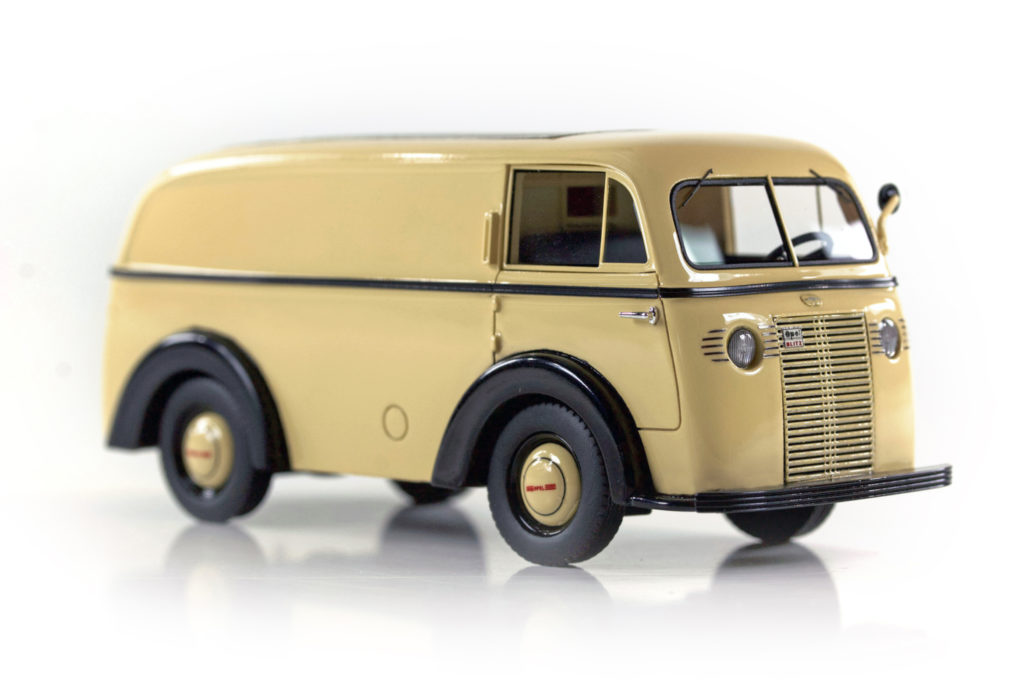
1:43 SCALE
Opel Classic has had a miniature model made of the prototype of the early van – true to scale and in the colours of the time. The 1:43 scale model is also available in the online shop of the model car supplier “Autopioneer”.
The van’s inner values are based on Opel’s many years of experience. The engineers in Rüsselsheim can draw on components from other models – such as the brand-new 1.5-litre four-cylinder engine of the Olympia or the axles of the proven Blitz one-tonner. The body – apart from the bulkhead, the cargo area floor and part of the roof – was made completely of steel. “It would be interesting to know how the Opel engineers mastered the challenges of noise protection and thermal insulation posed by a concept with an engine under the passenger compartment,” explains Bartels. But test reports unfortunately no longer exist. However, intensive test drives must have been undertaken with the prototype, because the photos – although retouched – show clear signs of use, such as a kink in the bumper or scratches on the wing.
The van remained a prototype
Why was the project never realised? Here, too, we can only speculate. The most plausible: German war preparations in the second half of the 1930s prevented it. Light commercial vehicles were not required and Opel would have been forced to stop production. The Blitz 1.5-23 COE thus remained a prototype. Vehicle production resumed in the second half of the 1940s with the only slightly modified pre-war models Olympia, Kapitän and Blitz 1.5-tonner. And from the 1950s onwards, Opel then successfully concentrated on the development of passenger cars and initially set its corporate priorities here.
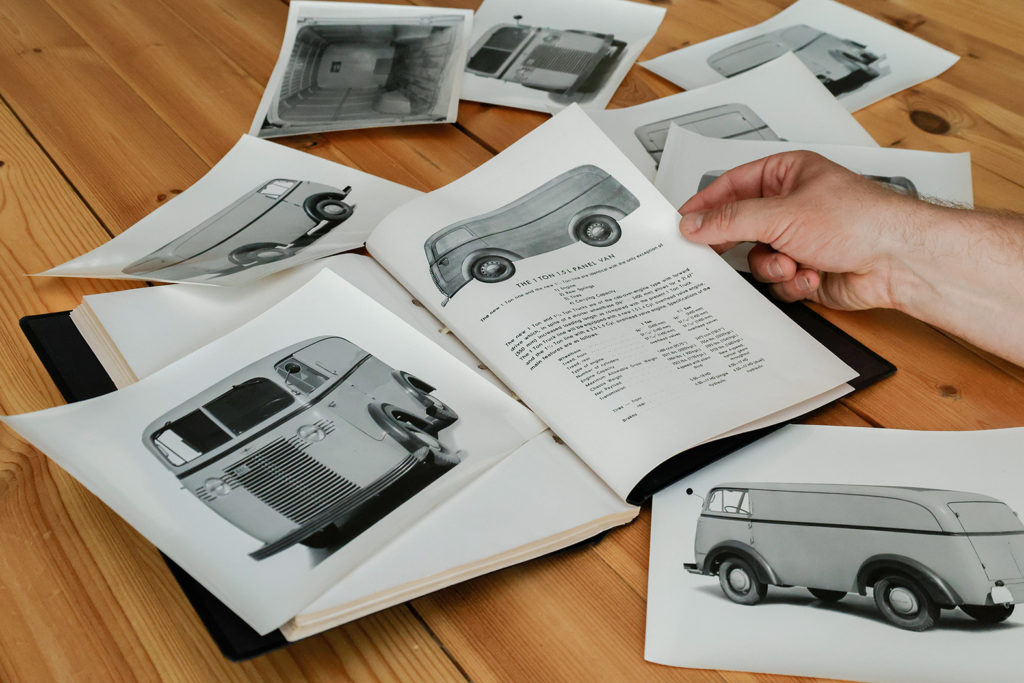
Compact, modern – electric
But Opel also continued to develop its range of vans in parallel, which finally resulted in today’s successful commercial vehicle trio of the compact Opel Combo, the all-rounder Opel Vivaro and the largest of the bunch, the Opel Movano. Here, Opel is once again a pioneer. Already today the entire commercial vehicle range is available with battery-electric drive. Not only that: with the Vivaro-e HYDROGEN, the engineers have developed a hydrogen fuel cell transporter that can be refuelled in just three minutes.
October 2022
